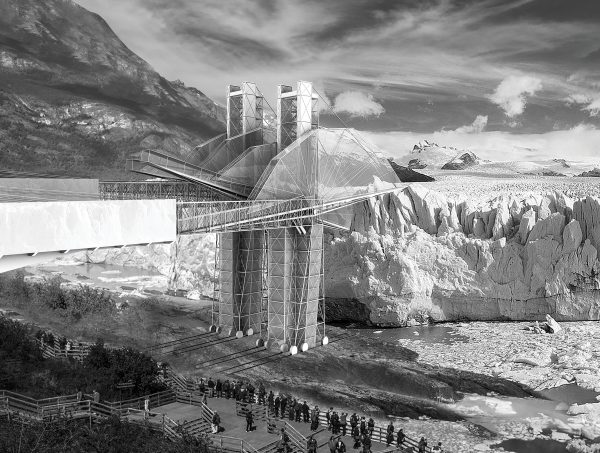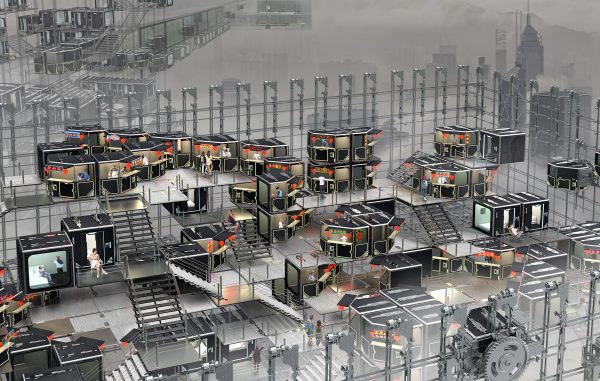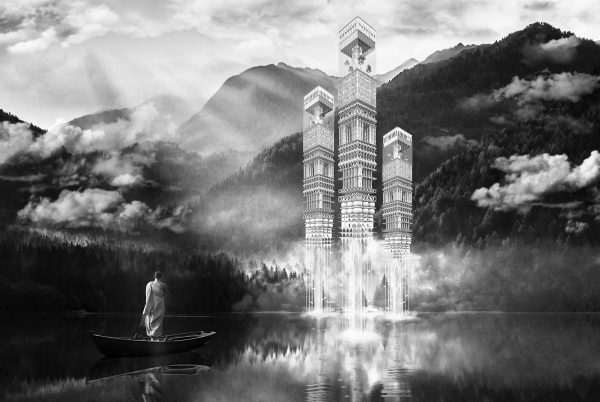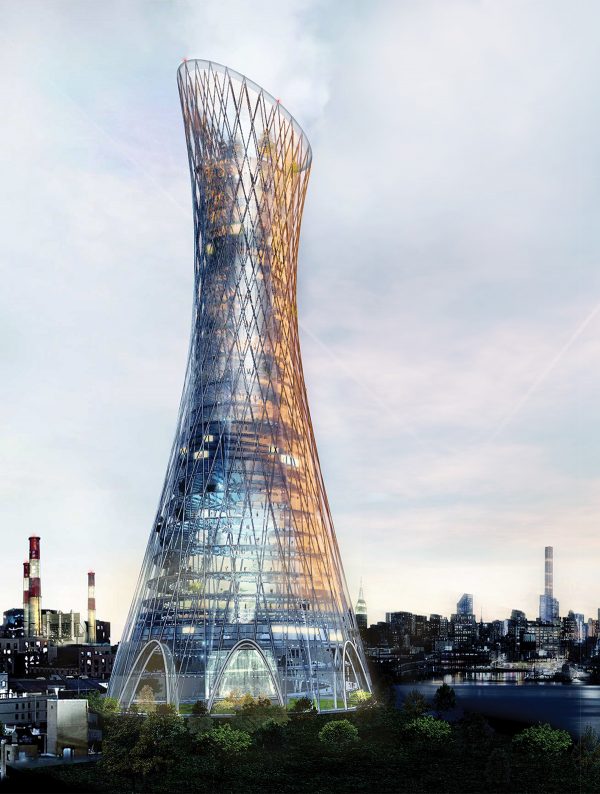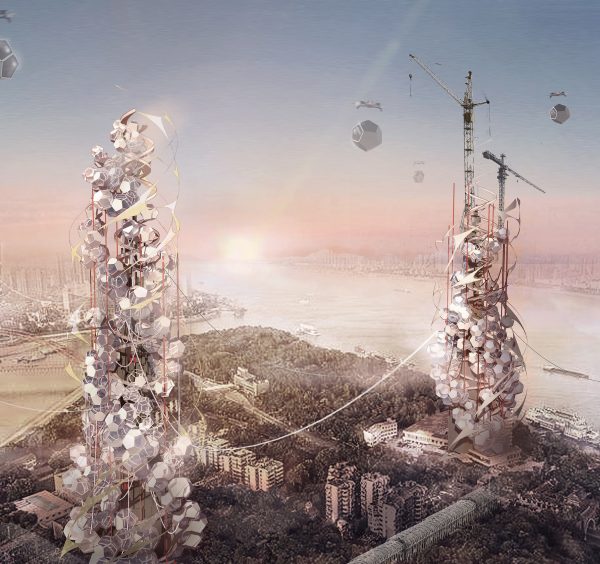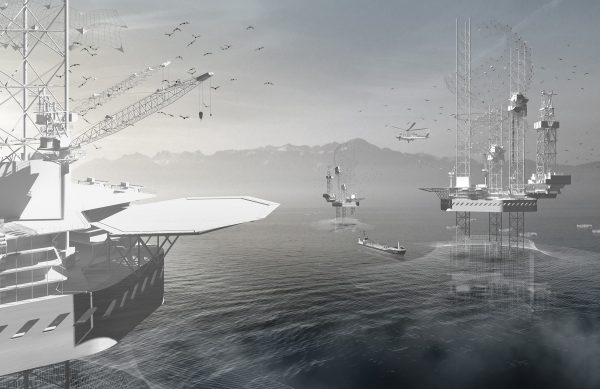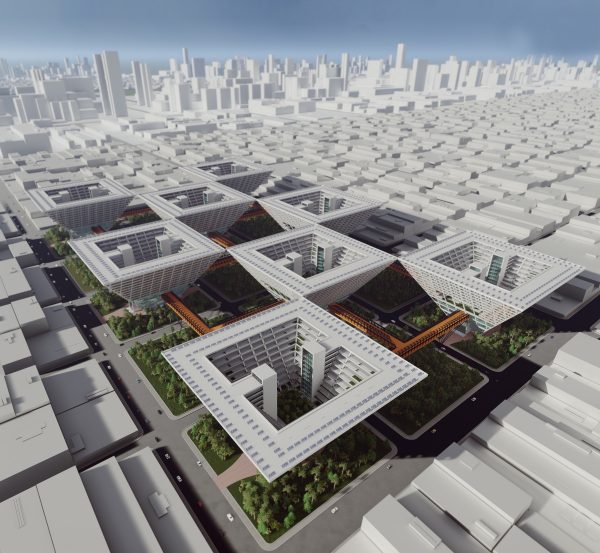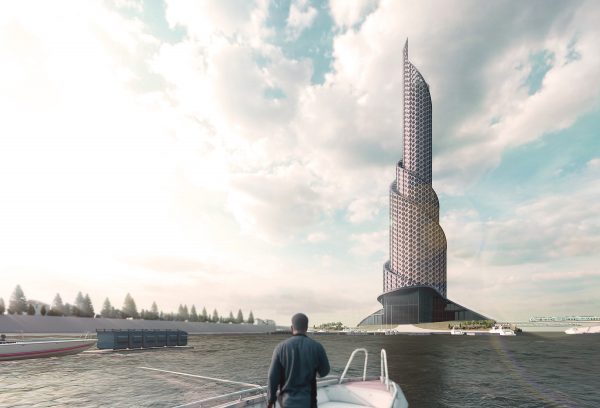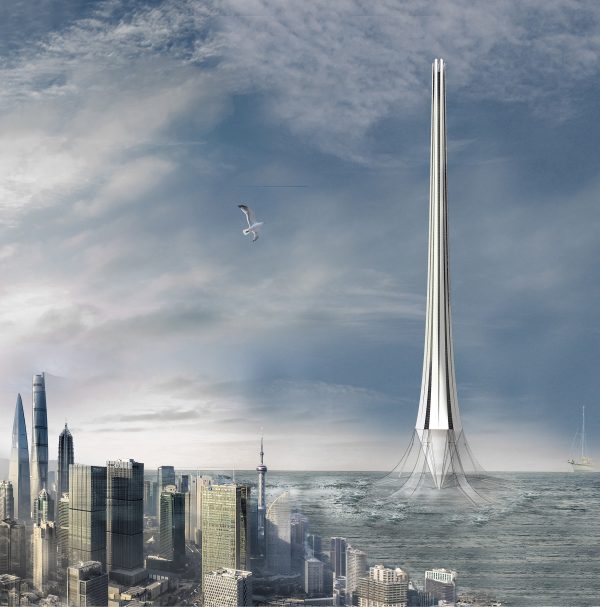Editors’ Choice
2020 Skyscraper Competition
Konstantina Kritharidou
United States
The term Transformable is used to describe buildings that are being reshaped to respond more effectively to different forces. These forces can be defined by functional, contextual, or environmental changes that can affect the purpose of buildings. Some types of transformations can be additive components, expandable elements, or even shape-shifting of the entire structure, the scale of which may vary from small kinetic components to the entire structure of the building.
The Transformable concept reflects the rising need for buildings to adapt to the fast-paced and complex demands of societies. An adaptable structure will also respond to economical, ecological, as well as ethical issues. In recent days, anything that cannot be modified to satisfy the new needs is easily being replaced. Materials are not recycled but thrown away, and this phenomenon keeps accelerating as demands grow. This situation forms today’s challenge which is related to climate change. The environmental changes are forcing us to explore innovative design configurations that will maximize the buildings’ sustainable aspect during its lifespan. Read the rest of this entry »

